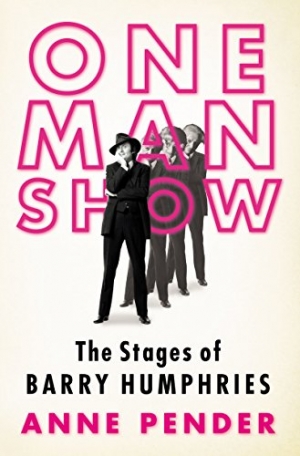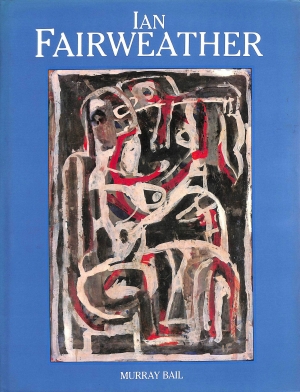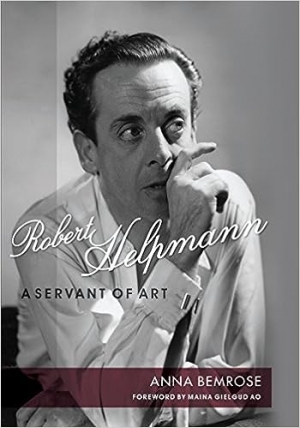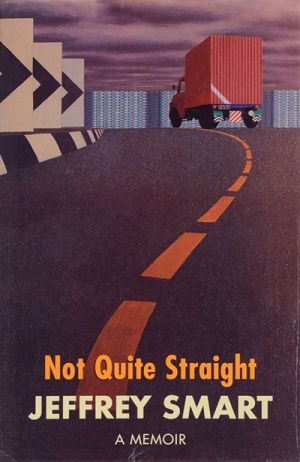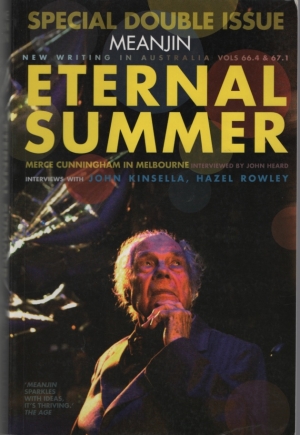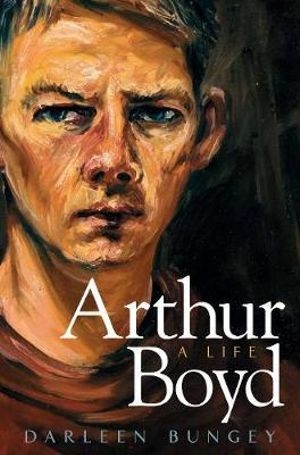Ian Britain
Ian Britain reviews 'A Book of Secrets: Illegitimate daughters, absent fathers' by Michael Holroyd
In a review on quite another subject for ABR’s recent summer issue (‘Barry by Edna’, December 2010–January 2011), I had occasion to invoke the career of Michael Holroyd, ‘reigning, if ailing, king of English biographers’, as I dubbed him. On the basis of his well-publicised illness, I sadly but confidently declared that Holroyd’s joint biographical study of the Irving and Terry theatrical dynasties, A Strange Eventful History (2008), was ‘likely to be his last’. How delightful now to be proved wrong with the appearance of A Book of Secrets.
... (read more)Ian Britain reviews 'One Man Show: The stages of Barry Humphries' by Anne Pender
On those twin Titans of the twentieth-century English stage, John Gielgud and Ralph Richardson, fellow-actor Simon Callow recently reflected: ‘We tell stories about them … because they filtered life through the medium of their souls to create new and rich variations on the human condition: they lived their art to the fullest extent possible. Of whom shall we be telling stories now?’
... (read more)Dear Editor,
In responding to Peter Craven’s broad-brush review of the Macquarie PEN Anthology of Australian Literature in last month’s ABR, which I suppose you ran for the sake of controversy, let me touch on the wider debate about what’s in the book, and why.
In compiling such an anthology, where you obviously can’t have everything, a principle of metonymy comes into play, in which the one is asked to stand for the many. In the Macquarie PEN, this is a principle of inclusion, not exclusion. Where space permits no more, authors are indicated by association or citation, making the whole greater, we hope, than the sum of the parts, more open and many-layered, as anyone will discover who reads the essays and author introductions in the book. Thus Gerald Murnane’s fiction is implied by a superb piece of non-fiction, ‘Why I Write What I Write’, showing him at his best. The only other answer to why the editors did not choose this particular work is that they chose that one, after careful consideration not only of the work itself but of its interaction with other works in the collection. Nothing’s perfect, of course. If readers have suggestions or corrections, we’d be grateful to hear them. See the feedback link on the home page of the anthology website: www.macquariepenanthology.com.au.
... (read more)‘A large part of the beauty of a picture,’ Matisse famously decreed, ‘arises from the struggle which an artist wages with his limited medium.’ Struggle is the dominant motif in Murray Bail’s study of Scottish-born painter Ian Fairweather, first essayed in 1981, now refashioned, updated, and handsomely repackaged.
... (read more)Dear Editor,
This is a note to congratulate you on the quality of the latest Calibre Prize essays, by Jane Goodall and Kevin Brophy, in the April edition of ABR. The two pieces maintain the incredibly high standards of the Prize, of which I was honoured to be an inaugural judge.
... (read more)Ian Britain reviews 'Robert Helpmann: A Servant of Art' by Anna Bemrose
PANACHE. Both in its literal meaning (a plume of feathers) and its more familiar extended one, the term might have been invented for stage critic extraordinaire Kenneth Tynan as plausibly as for Robert Helpmann, one of last century’s most flamboyant and versatile stage practitioners. The illegitimate Tynan’s middle name was Peacock (the surname of his Birmingham father). Helpmann (born plain Robert Murray Helpman – one ‘n’ – in Mount Gambier, South Australia) will always be associated with the lyrebird, nominal subject and central symbol of perhaps his most original creative achievement, The Display, the dance-drama he choreographed for the Australian Ballet in 1964. In looks, each was very striking – and strikingly alike, though Helpmann was eighteen years older than Tynan, and their common resemblance (below as well as above the neck) was more to some exotic, sinuous reptile than to any species of bird.
... (read more)Ian Britain reviews 'Not Quite Straight: A memoir' by Jeffrey Smart
It is an eerie measure of a movie’s power when you come out at the end of it and sense, however fleetingly, that you’re still a part of its world, or that its world is all but indistinguishable from the everyday one you’ve just re-entered. German director Rainer Werner Fassbinder was grand master of this trick. His compatriot Pina Bau ...
Robert Drewe, one of Australia’s most absorbing fiction writers, has prime position in the opening pages of the latest Meanjin. ‘The Aquarium at Night’ is so deft and engaging it draws me in, almost despite myself. It is a story about boys, surfing, prison life and ‘easygoing’ Australian masculinity. These topics may not immediately appeal, but the story stirs with the rhythms of memory, desire, the slow burn of maturing manhood, and the role that writing plays in coming to confront one’s self. Drewe’s prose seduces and convinces: a man remembering his childhood self is ‘A skinny, mop-headed grommet leaning out the window to check the morning’s wind and weather for the day’s surf potential and dreaming of legendary breaks. By 6.15 he’d be over the ridge and in the ocean.’ An incidental character in the prison Creative Writing class is ‘[a] twenty-stone Christian who’d decapitated his son-in-law with an axe for infidelity’. This is what draws me in, the sagacity of the prose, its grounded eloquence, its lack of mere aesthetics.
... (read more)‘More difficult to do a thing than to talk scintillating dialogue of 1890, ‘The Critic as Artist’. To hold to such a belief, Gilbert declares, is ‘a gross popular error. It is very much more difficult to talk about a thing than to do it. In the sphere of actual life that is of course obvious. Anybody can make history. Only a great man can write it.’
... (read more)Lyn McCredden reviews 'Meanjin vol. 66, no. 2' edited by Ian Britian and 'Griffith Review no. 17' edited by Julianne Schultz
They were once called literary magazines, or journals, though dailiness was never aimed for. Monthliness is popular now, or, in the case of Meanjin and Griffith Review, quarterliness. But what kind of currency do these two magazines aim for? ‘New writing in Australia’ proclaims the subtitle of Meanjin’s latest volume; along with the banner title ‘Globalisation and Postcolonial Culture’, and the subheading ‘Before and After’. ‘New Stories’ and ‘New Poems’ are also listed on the cover, along with a serious frontal portrait of novelist Amit Chaudhuri, on ‘The Fate of the Novel’. There’s quite a bit of semiotic activity going on here, not to mention marketing. Currency – newness, fingers on the pulse, predictive ability – is on the agenda.
... (read more)
